Soy is the most used protein source in aquaculture feeds worldwide, but with a range of environmental and social issues tied to Brazil, there’s pressure to find deforestation-free alternatives
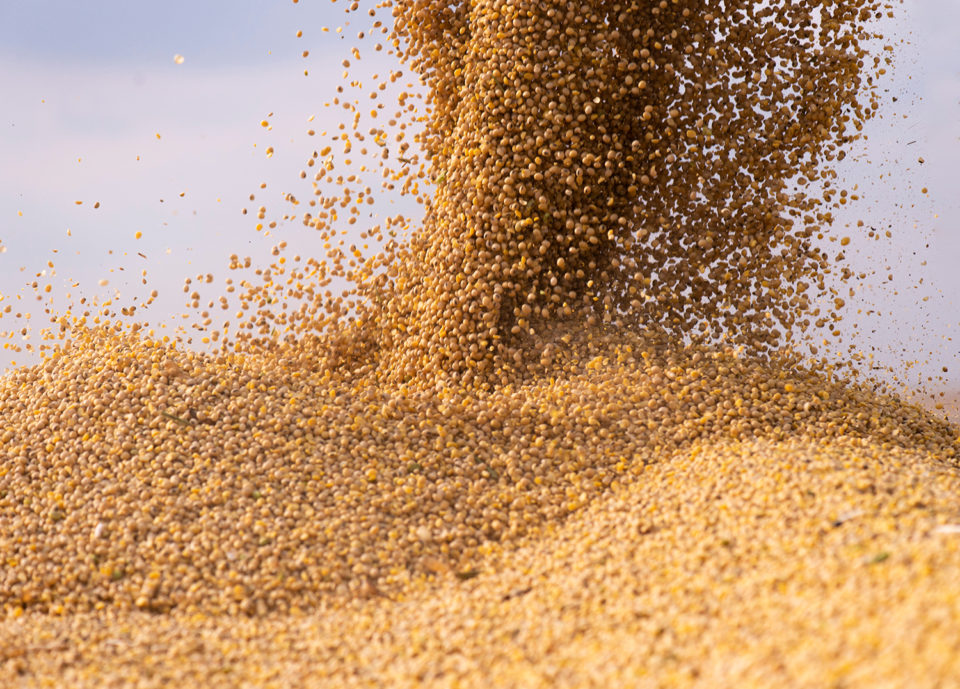
Soy, the über-versatile legume, is doing far more these days than just feeding folks: From biodiesel to candles to tires, soy has been called a wonder crop for its hundreds of applications, which today include supporting aquaculture feeds on a global scale. Demand for soy is ever-increasing and so is the scrutiny over its sustainability credentials.
In aquaculture feeds worldwide, soy is the most-used protein source. Soybean meal, soy protein concentrates, soybean oil and other terrestrial proteins and oils can replace between one-third to one-half of the fishmeal and fish oil in feeds required for many farmed species, and in some cases can replace marine ingredients entirely. As aquaculture production projects to increase even further in the next couple of decades to meet the growing global demand for protein, soy figures to be a big part of the solution – as will marine ingredients like fishmeal and fish oil, despite a wide range of efforts to reduce dependency on them.
“Soy was introduced in fish feed to replace fishmeal,” said Emese van Maanen, managing director of ProTerra Foundation – a nonprofit organization that advances and promotes sustainability at all levels of the feed and food production system. “Soy protein concentrate is an excellent protein source for aquafeeds. It provides nutrients that support healthy and efficient fish growth.”
According to the U.S. Soybean Export Council (USSEC), which represents the interests of U.S. soybean producers, commodity shippers, merchandisers and allied agribusinesses and agricultural organizations, soy has also replaced high-cost animal proteins in aquafeeds and has been crucial to the industry’s growth in recent decades.
“Soy has a high protein density and is highly digestible for most cultured fish and shrimp species,” said Abby Rinne, director of sustainability at USSEC. It’s also “an environmentally sound” solution to food security, she added, and is critical for aquaculture because of its year-round availability.
Currently, fish farms provide roughly half of the world’s edible seafood supply and are on track to gain an even greater share in coming years. To meet this heightened demand, aquafeed manufacturers are constantly searching for sustainable, novel ingredients to prevent this promising growth trajectory from stalling – from algae to camelina oil to single-cell proteins to black soldier flies. So far, soy remains the frontrunner.
“As global population and wealth increase, seafood and fish are in greater demand,” said Courtney Knupp, director of animal/aquaculture nutrition meal at USSEC. “There are no viable alternatives to soy that can provide the volume of protein needed in [farmed fish diets] to keep up with increasing demand.”
Soybean meal also costs significantly less than most fish and animal meals, and the lower price tag helps boost efficiency, helping to make aquaculture operations more sustainable. For all of these reasons, soy has become a dominant protein ingredient in aquafeeds around the world.
Spotlight on South America
The international supply chain, however, presents sourcing challenges for feed companies and fish producers. Namely, the soy industry in Brazil – the world’s leading soybean producing country as of May 2020, exporting more than 100 million metric tons (MT) of product in 2020 – is a major driver of deforestation in the Amazon basin, which many critics say is contributing to climate change. Brazilian soy contends with environmental, social and human rights issues ranging from worker exploitation to Indigenous land claims, according to ProTerra.
“Agricultural commodities may have a hidden sustainability risk in the food and feed supply chains, such as land conversion, land conflicts, labor conditions (e.g. forced labor), pesticide misuse (including illegal and forbidden in the EU) and presence of [genetically modified organisms],” said van Maanen.
It’s a hot topic that’s sparked recent debate in the aquaculture industry, as well as increased the pressure on aquafeed producers to find sustainable and deforestation-free solutions. For instance, Cargill has been under fire for buying soy grown in Cerrado – a Brazilian savanna that’s lost more than 50 percent of its native plant life and represents approximately 60 percent of Brazil’s total soy production (that’s 20 times more than the amount grown in the Amazon).
https://www.aquaculturealliance.org/advocate/retailer-responsibility-in-aquaculture-production-feeds-recognized-at-goal/
In response, some prominent seafood companies are taking their business elsewhere. In July 2020, Norway-based Grieg Seafood – one of the world’s leading salmon farmers – excluded Cargill Aqua Nutrition from the proceeds of its $105 million green bond until the parent company can make good on its environmental commitments. Most recently, in January 2021, Denmark-based fish feed producer Aller Aqua nixed the use of soy sourced from South America from all of its European products. Instead, the company has transitioned to 100 percent regionally produced soya from Europe and surrounding countries. Based on calculations from the Research Institute of Organic Agriculture, this move could reduce its carbon dioxide impact by up to 41 percent.
João Manoel Cordeiro Alves, aquafeed product manager at Guabi Animal Nutrition and Health, a subsidiary of U.S.-based Alltech, told the Advocate that the story of soy and land use in Brazil has many versions, but he contends that suppliers adhere to restrictions like a soy moratorium in the Amazon and the Green Grain Protocol of Para, as well as labor regulations. All of the ingredients that his company sources are regulated by Brazil’s Ministry of Agriculture Livestock and Supply, known in Brazil as MAPA.
“Brazil is amongst the biggest food producers – the biggest out of temperate and sub-temperate regions – and is the biggest in soybeans,” said Manoel, saying that last year’s production reached 120 million metric tons. “Out of this production only one-third is produced in the Legal Amazonia area, the rest is produced in other regions. Most of the soy produced in the Legal Amazon area is produced out of the limits of the Amazon Biome (rainforest).”
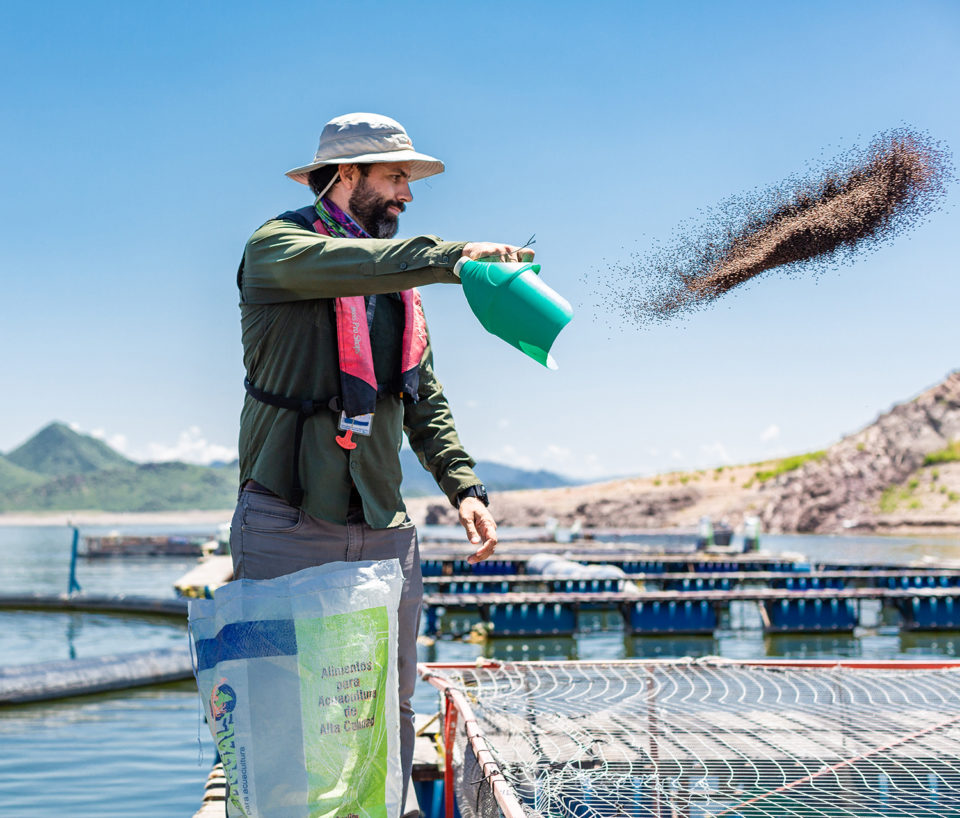
U.S. soy and its sustainability story
With supply chains being rerouted, is now the time for U.S.-grown soy to make a move? The United States is a leading world producer of soybeans, growing roughly 115 million MT a year on 30 million hectares. The international market is the industry’s biggest customer, with an average of 60 percent its production exported. The United States is forecast to export nearly 2.25 billion bushels of soy and soy products in 2020/21. And business is booming: Since 1980, U.S. soybean yields per planted hectare have increased 90 percent, according to USSEC.
“U.S. soy can be a good option for the aquaculture industry,” said Pilar Cruz, formerly the global leader for Cargill’s Aqua Nutrition Business and now the chief sustainability officer for the parent company. “The soy is available at a large scale and much of the production is already considered sustainable. We also know that U.S. soy products work well for aquafeeds.”
On environmental concerns, the U.S. industry fares well in comparisons. Comparing the cultivation (including Land Use Change) and transportation of various sources of soybeans, the climate change impact due to Land Use Change of U.S. soy is 319 times less than Brazilian soy, according to USSEC.
“The U.S. has a strong reputation for sustainable production practices, infrastructure that moves soy through the country with great efficiency and lower environmental impact, and protections of our natural resources,” said Rinne.
U.S.-grown soy also largely doesn’t deal with same land-conversion issues. In fact, the Food and Agriculture Organization of the United Nations (FAO) has ranked the United States as the top country in the world for the preservation of public forestry lands. Federal law prohibits growing soy on highly biodiverse grasslands, wetlands, land that was primary forest or continuously forested land, and peatland. “These protections can assure buyers that the soy they purchase from the U.S. is a sustainable solution to their soy-sourcing needs,” said Rinne.
Rinne also points to a national strategy for U.S. soybean farmers, who have committed to, by 2025, reduce land-use impact by 10 percent, reduce soil erosion by 25 percent, increase energy use efficiency by 10 percent and reduce total greenhouse gas emissions by 10 percent.
Diversity in supply chains
With the growing dependence on soy for aquafeeds, U.S. soy is currently one of the top dogs in the industry. According to USSEC, the U.S. soybean farmers’ market share of soybeans in global aquaculture feed was approximately 40 percent in 2020.
“The number and size of export markets for U.S. soy are growing thanks to the marketing work in those markets for soy,” said Cruz. “Particularly in aquaculture, as farmers develop technically and move from traditional aquaculture to pellet fed used in more intensive farming, the opportunity to use soy to improve fish nutrition is greater.”
Yet, U.S.-grown product represents a small fraction of the soy used by some larger companies, such as Cargill: “Today, about 10 percent of the soy we use globally in our aquafeed comes from the U.S.,” said Cruz. “Just under half of our soy used globally in our aquafeed comes from Brazil.”
So, is going 100 percent U.S. soy a viable option? The answer is complicated, Cruz said.
“From a volume basis, the U.S. supply chain is much larger than the current European production and gives greater security,” said Cruz. “However, having a balance of European, U.S. and South American soy sources gives longer-term security and resilience to the supply chain. A challenge to U.S. sourcing is the demand from some European markets for non-GMO soy. Although there are non-GMO opportunities in the U.S., there is no clear advantage or disadvantage either way, in our opinion.”
Furthermore, with the climate crisis, Cruz pointed out that putting all your eggs into one regional basket can be a risky move.
“There are benefits to having a diverse supply,” said Cruz. “It brings greater resilience in case of local environmental issues – in a particular year such as drought or flooding. The advantage of having the U.S. soy production, as well as South American, is in balancing risk of poor crops – having a very different geographical source helps to reduce the risk in any one crop year, as has been seen recently.”
The company continues to source soy “from both regions as much as possible,” provided that “we can demonstrate sustainable supply chains back to the origin of the crop.” As a result, Cargill remains focused on transforming the supply chain rather than cutting ties.
“We are engaging with farmers [in Brazil], partnering to generate innovative solutions, and increasing transparency,” said Cruz. “We are firm in our commitment and actions to provide deforestation- and conversion-free soy to our customers in the shortest time possible. In Brazil, we have upheld the Amazon Soy Moratorium since 2006, where we do not source from newly deforested areas. We will not source from farmers who clear land illegally or in protected areas and have the same expectation of our suppliers.”
In Brazil, companies like Guabi are working towards improving the supply chain’s sustainability measures.
“Our soybean meal suppliers are international companies that have huge controls on the sourcing, are signatories of public agreements of no-deforestation, have 100 percent traceability and our most important supplier monitors 8,000 farms, 11.6 million hectares inside the Cerrado biome, mostly in the Amazon biome,” said Alves.
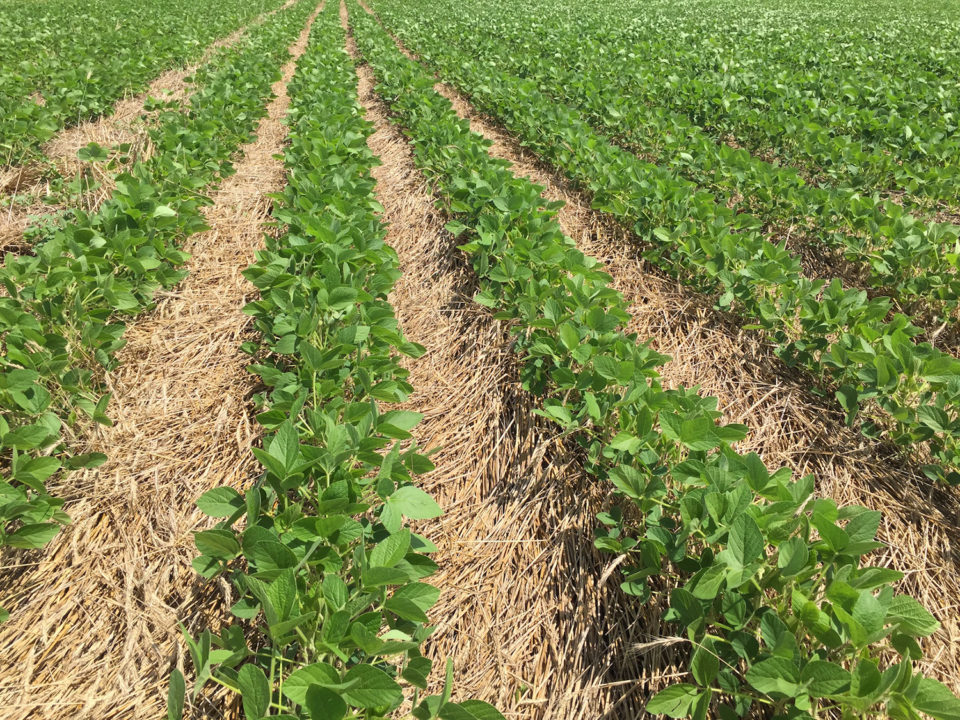
Sticking with soy
Regardless of the industry’s challenges, soy has transformed the aquaculture industry and will be vital to addressing the growing global demand for animal protein.
“According to OECD/FAO, the total quantity of fish produced at the world level is projected to be 200 million MT by 2029, an increase of 14 percent relative to the base period (average of 2017 to 2019) and an additional 25 million MT of fish and seafood in absolute terms,” said Knupp of USSEC.
On American soil, Cruz said Cargill is also working with U.S. soy farmers to support “regenerative agriculture practices like reduced tillage, optimized fertilizer use, integrating livestock and adopting the use of cover crops where feasible.” Cruz said these efforts can help mitigate climate change and protect water resources, while improving the resiliency of the land and farmer livelihoods.
“Cargill currently works with more than 750 farmers who participate in 12 programs focused on soil health best practices across more than 300,000 acres,” said Cruz. “One of our most notable programs is the Soil & Water Outcomes Fund, where Cargill is working with the Iowa Soybean Association to help row-crop farmers, including soybean growers, implement regenerative agriculture practices. We are working with other programs to help boost adoption of cover crops and more.”
Despite the bona fides of U.S. soy, it has its limitations: van Maanen pointed out that “soy grown in the U.S. is mainly GM” and that currently, it hasn’t certified any U.S. companies. To become certified, organizations have to demonstrate adherence to a ProTerra Certification Standard, comprised of a specific principles, criteria and indicators that include everything from no use of GMOs to responsible relations with workers and community to water management.
“Pesticides or [land use change] can be also an issue in the U.S., not only South America, but the affected natural ecosystems would be different,” said van Maanen. “The U.S. also has valuable natural areas that can be damaged or put at risk if unsustainable agricultural practices are used.”
As for certified U.S. product, the U.S. Soy Sustainability Assurance Protocol (SSAP) describes the regulations, processes and management practices that ensure sustainable soybean production for more than 300,000 soybean farms. The SSAP is one part of the overall U.S. soybean producer sustainability program, including “a national measurement system of the positive environmental outcomes by producers.” Another soy certification program, the Switzerland-based Round Table on Responsible Soy Association, represents 160-plus members, with more than 9,500 farms producing 4.4 million metric tons in 2020.
Ultimately, van Maanen emphasized the need to focus on sustainable agriculture rather than on the crop’s country of origin: “I don’t suppose U.S. soybeans are more promising than any other region,” said van Maanen. “Soy can be grown in a responsible and sustainable way in any country. We have to make sure that we use good agricultural practices and source from sustainable producers. Leaving or banning certain origins may be very counterproductive – sustainability requires collaboration with our suppliers.”
Editor’s note: This article was updated to report accurate soy imports for Brazil, for all soy products, which exceeded 100 million metric tons in 2020.
Follow the Advocate on Twitter @GAA_Advocate
Now that you've reached the end of the article ...
… please consider supporting GSA’s mission to advance responsible seafood practices through education, advocacy and third-party assurances. The Advocate aims to document the evolution of responsible seafood practices and share the expansive knowledge of our vast network of contributors.
By becoming a Global Seafood Alliance member, you’re ensuring that all of the pre-competitive work we do through member benefits, resources and events can continue. Individual membership costs just $50 a year.
Not a GSA member? Join us.
Author
-
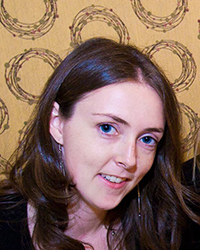
Lisa Jackson
Lisa Jackson is a writer based in Hamilton, Canada, who covers a range of food and environmental issues. Her work has been featured in Al Jazeera News, The Globe & Mail and The Toronto Star.
Tagged With
Related Posts
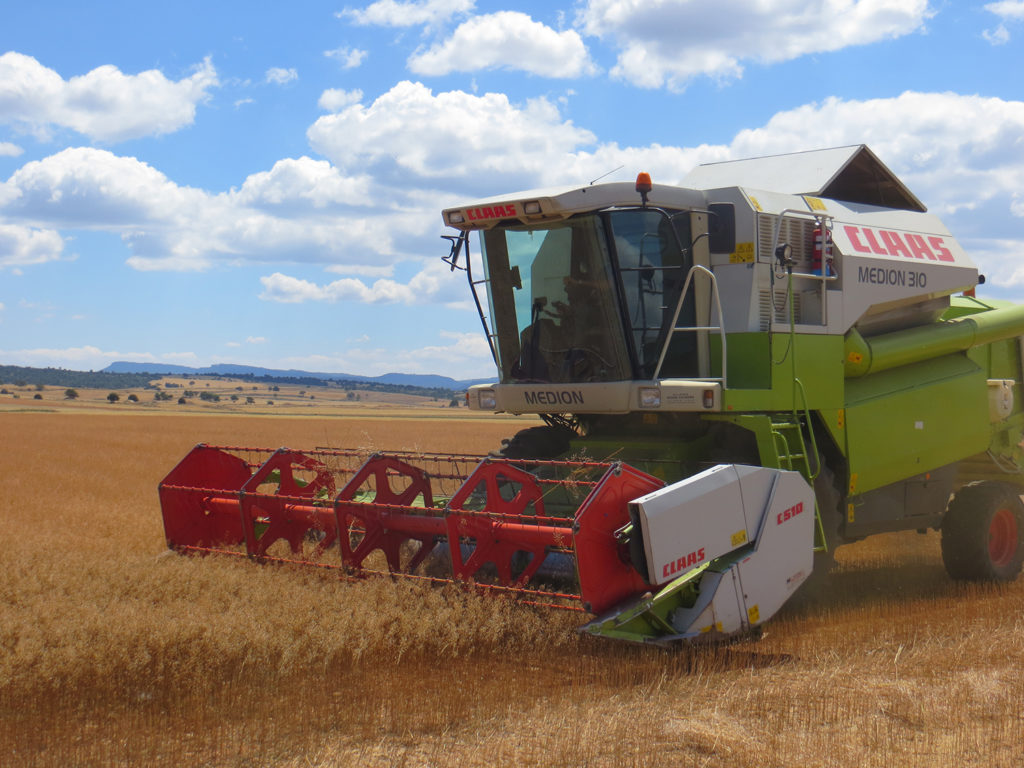
Aquafeeds
Canada eagerly looks to camelina oil as a fish oil alternative
Grown worldwide, Camelina sativa is a tiny seed used for human consumption that also has big potential for driving the “green” economy.
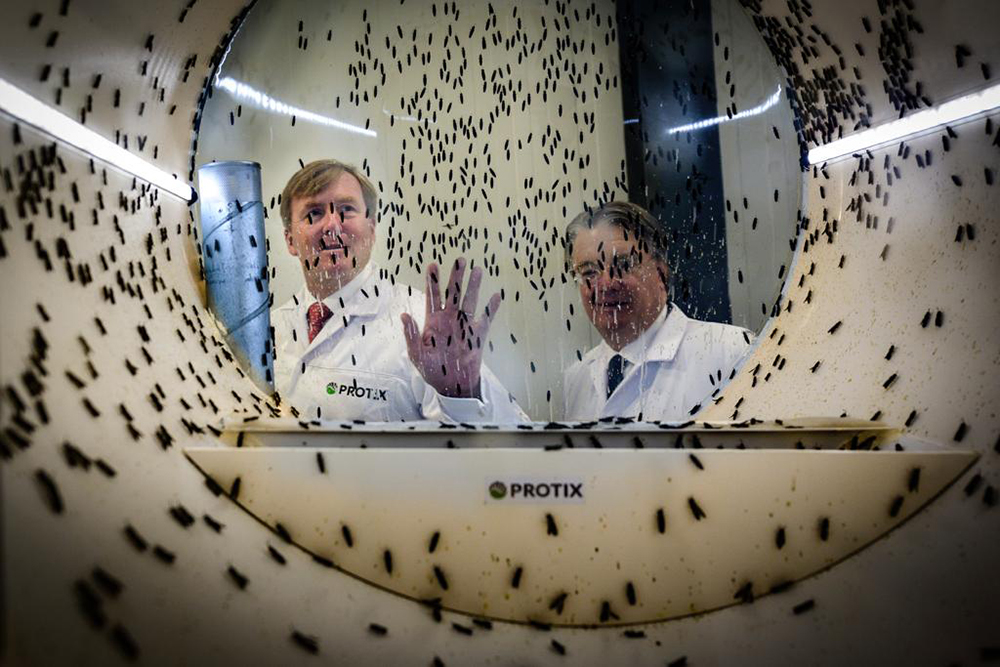
Aquafeeds
World’s largest fly factory attracting investors eyeing aquafeed expansion
A high-capacity black soldier fly factory puts Protix in position to ramp up production. Investors explain why they’re betting on the sector’s success.
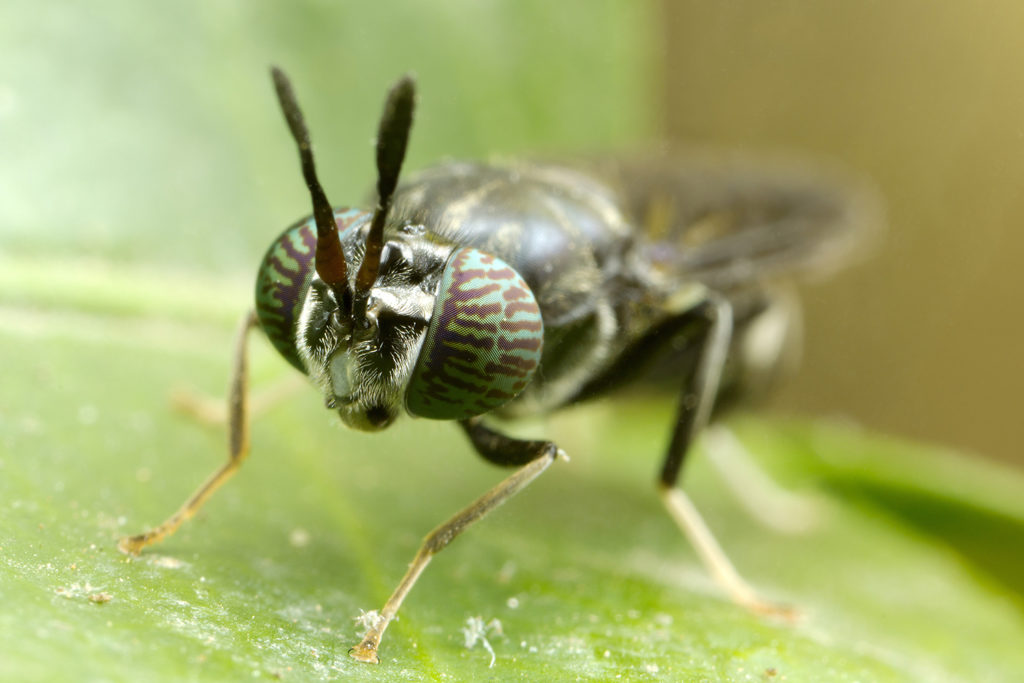
Aquafeeds
Fly guys: Canada opens the door for insect-based feed companies
The sci-fi flick “The Fly” warned about mixing flies and technology, but high-tech black soldier fly farmers are seizing a real opportunity in aquaculture.
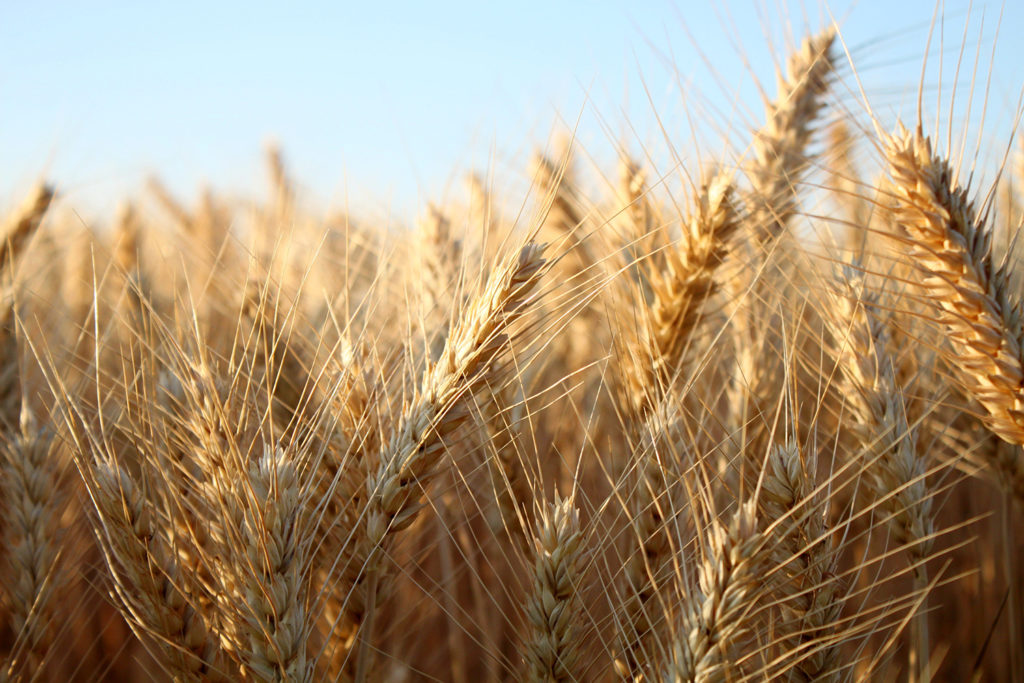
Aquafeeds
Montana firm putting barley on the alternative feed ingredient menu
Aquafeed manufacturers around the world seeking alternatives to fishmeal may soon be able to turn to an abundant and underutilized crop: barley.

